Reviews
Robert Wise
USA, 1963
Credits
Review by Matt Bailey
Posted on 02 October 2009
Source Warner Bros. DVD
Related articles
Reviews
The Haunting (by Rumsey)
Categories 31 Days of Horror VI
Would it shock you to discover that the widely reviled 1999 film version of The Haunting, directed by the guy who shot Leonard Part 6, is, in many respects, far more faithful to its source novel than the classic 1963 version. Yes? Okay, so I’m being unfair to Jan de Bont, who was an excellent cinematographer and who has since turned into a director of a handful of terrible films and one very entertaining film. Yet the fact remains that, despite some major changes (mostly in an effort to augment the film’s orgy of awful computer-generated effects), more of what’s in Shirley Jackson’s The Haunting of Hill House is on the screen in the 1999 film than in the 1963 film.
So what, right? Anyone who has read enough books and seen enough movies based on those books knows that neither a book nor a film adapted from it is best served by slavish fidelity. Adrian Lyne’s 1997 version of Lolita is a very faithful rendering of the events that take place in Vladimir Nabokov’s novel, but it is also a deadly dull piece of cinema, a beautifully photographed corpse. Stanley Kubrick’s 1962 version is quite a departure from the source novel (and quite a departure from Nabokov’s screenplay for the film, which was itself quite a departure from the novel), and is all the better for it. Amy Heckerling’s Clueless is arguably the best filmed version of Jane Austen’s Emma, achieving its position simply by moving the story up about a few hundred years. All the same, let’s not even discuss Francis Ford Coppola’s Apocalypse Now in comparison with Nicolas Roeg’s well-meaning but utterly forgettable 1993 TV adaptation of Heart of Darkness.
These great films are all adaptations of great books, yet what about those great films that come from, let’s say, not-so-great books? Coppola’s Godfather films are among the most beloved and acclaimed films of all time, but few would put Mario Puzo’s pulpy novels on a pedestal of equal height. Rosemary’s Baby and The Exorcist are unassailable classics of the horror genre, but would Ira Levin and William Peter Blatty’s potboilers even be in print as mass-market paperbacks today if it were not for those films? And I know Daphne du Maurier has her fans, but let’s not kid ourselves that any of her work comes close to the magnificence of the film versions of Rebecca, The Birds, and Don’t Look Now.
Turning back to our original concern: Shirley Jackson is a great writer, and I will say that without hesitation. Her short stories include among them some shining examples of the form in the twentieth century. As a novelist, however, she could be inconsistent. And though it pains me even to think it, The Haunting of Hill House is probably (though I have not read them all) one of her lesser novels. All of the attributes that make her short fiction so exciting - tight, crystalline structure, sharply-drawn characters, exacerbated but unspoken tension between the characters, and thrilling denouements - are absent in this novel. After a masterful opening, in which the character of Eleanor is introduced in the midst of escaping from her dull, repressive domestic life, the book deflates upon Eleanor’s arrival at Hill House. The quick minute-by-minute pace of the first twenty pages gives way to a “not much happened on Saturday” kind of languor as days and days go by with only just slightly more character development than narrative development. As I now remind myself that I am writing about afilm, not a book, I won’t go into any more detail than to say that everything the book gets wrong, the 1999 film also gets wrong (and also gets quite a bit more wrong that can’t be blamed on Jackson, including the spectacularly preposterous ending). Yet everything about the 1963 film is exactly right: from the chilling opening titles accompanying Humphrey Searle’s top-notch score, to the exquisitely cluttered production design; from the sound design (on which so many of the scares depend), to the beautiful chiaroscuro widescreen cinematography of Davis Boulton (shooting only his second film). Among haunted house films - a subgenre sadly gone to seed these days - The Haunting ranks at the very top, shifting position every now and then with The Innocents, itself another master class in adaptation and widescreen black and white cinematography.
The script, credited to Nelson Gidding (a talented, though not particularly illustrious, veteran of TV teleplays) but obviously guided by the steady hand of Robert Wise (who bought the rights to the book himself and produced and directed the film), trims away all of the excess of the novel. When he set out to write the script, the first thing Gidding did was to cut away any scene beyond the opening scenes that did not take place within the house, to “keep it claustrophobic.” Whole days are excised from the story, the elaborate backstory of the house is wisely distilled into a brief montage sequence, characters providing comedic relief are eliminated, and supernatural occurrences that work on the page but that would appear ludicrous on film (carpet patterns that shift, statues that appear to move, bloody clothes that mysteriously clean themselves) are discarded. All of the action that takes more than a week to unfold in the book is compressed in the script to occur in no more than roughly 60 hours. The result is a distillation and intensification of the plot and the tension created from it. At the same time, the film is not just boos and screams. While The Haunting is a horror film, it is perhaps primarily a psychological portrait of a sensitive woman losing her mind. This kind of portrait was precisely the thing that Shirley Jackson excelled at, and this aspect of her novel is done well. It makes sense, then, that Gidding transposed from the book most of the scenes and dialogue that portray the slow dissolution of Eleanor’s sanity.
A script only gets you so far, though, and then it is down to careful direction of a superb cast. It probably goes without saying that Julie Harris is nothing less that perfect in the role of Eleanor, and I can’t imagine anyone else in the role of Theodora than Claire Bloom, extraordinary in her tights and miniskirts and as a lesbian so open about her sexuality that no one even needs to be told (as if they could be, even in the dying days of the Production Code). Russ Tamblyn is perhaps typecast as a smart-aleck, but he’s always a pleasure to watch, and he even gets to show off his gymnastic skills jumping from the rickety spiral staircase that features in the climax of the film. Richard Johnson rounds out the cast and is no less good in his role as a pipe-smoking professor than the rest of the cast, yet his career never really went anywhere. He made a handful of Italian horror films (Zombi 2 and Beyond the Door among the most notable), and has worked steadily in television for almost sixty years in the same kind of tweedy type he plays here (half of his characters listed in IMDb start with “Sir,” “Dr.,” or “General”).
So if you’re reading these reviews looking for a good, spooky movie, I can make few recommendations more confidently than for this film and few cautions more strongly than against the 1999 version. But if you’re looking for a good, spooky book, might I suggest something else by Shirley Jackson?
More 31 Days of Horror VI
-
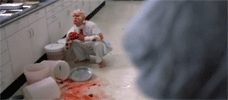
From Beyond
1986 -
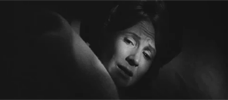
The Haunting
1963 -
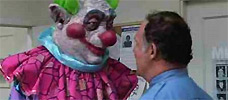
Killer Klowns from Outer Space
1988 -
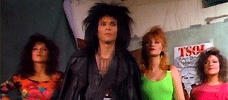
Shock ‘Em Dead
1991 -
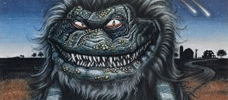
Critters
1986 -
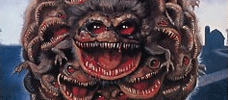
Critters 2
1988 -

The Fall of the House of Usher
1928 -
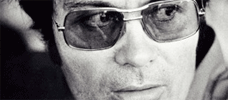
Jonestown: The Life and Death of Peoples Temple
2006 -
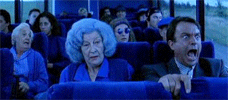
In the Mouth of Madness
1994 -
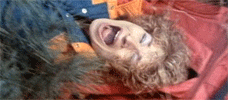
Winterbeast
1991 -
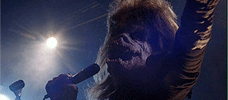
Black Roses
1988 -
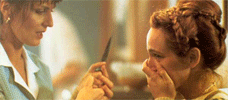
Needful Things
1993 -
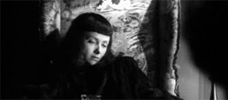
The Seventh Victim
1943 -
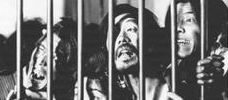
A Page of Madness
1926 -
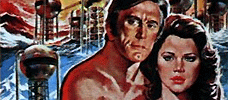
Holocaust 2000
1977 -
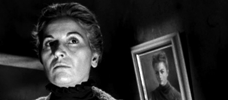
The Man and the Monster
1958 -
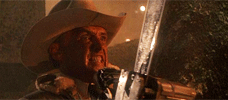
The Texas Chainsaw Massacre 2
1986 -
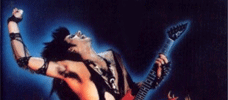
Trick or Treat
1986 -
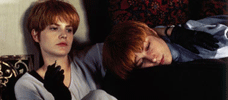
Single White Female
1992 -
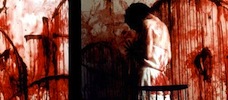
Trouble Every Day
2001 -
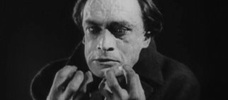
The Hands of Orlac
1924 -
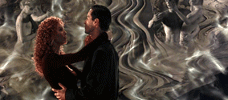
The Devil’s Advocate
1997 -
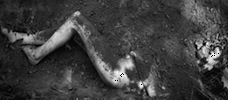
Nocturne
1998 -

Hardware
1990 -
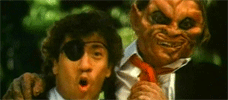
Hard Rock Zombies
1985 -
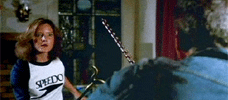
The Slumber Party Massacre
1982 -
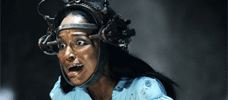
Saw VI
2009 -
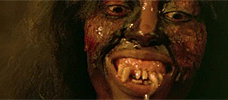
Zombi 4: After Death
1988 -
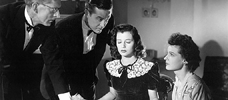
The Uninvited
1944 -
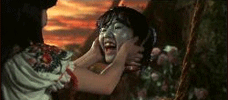
Hausu
1977
We don’t do comments anymore, but you may contact us here or find us on Twitter or Facebook.



